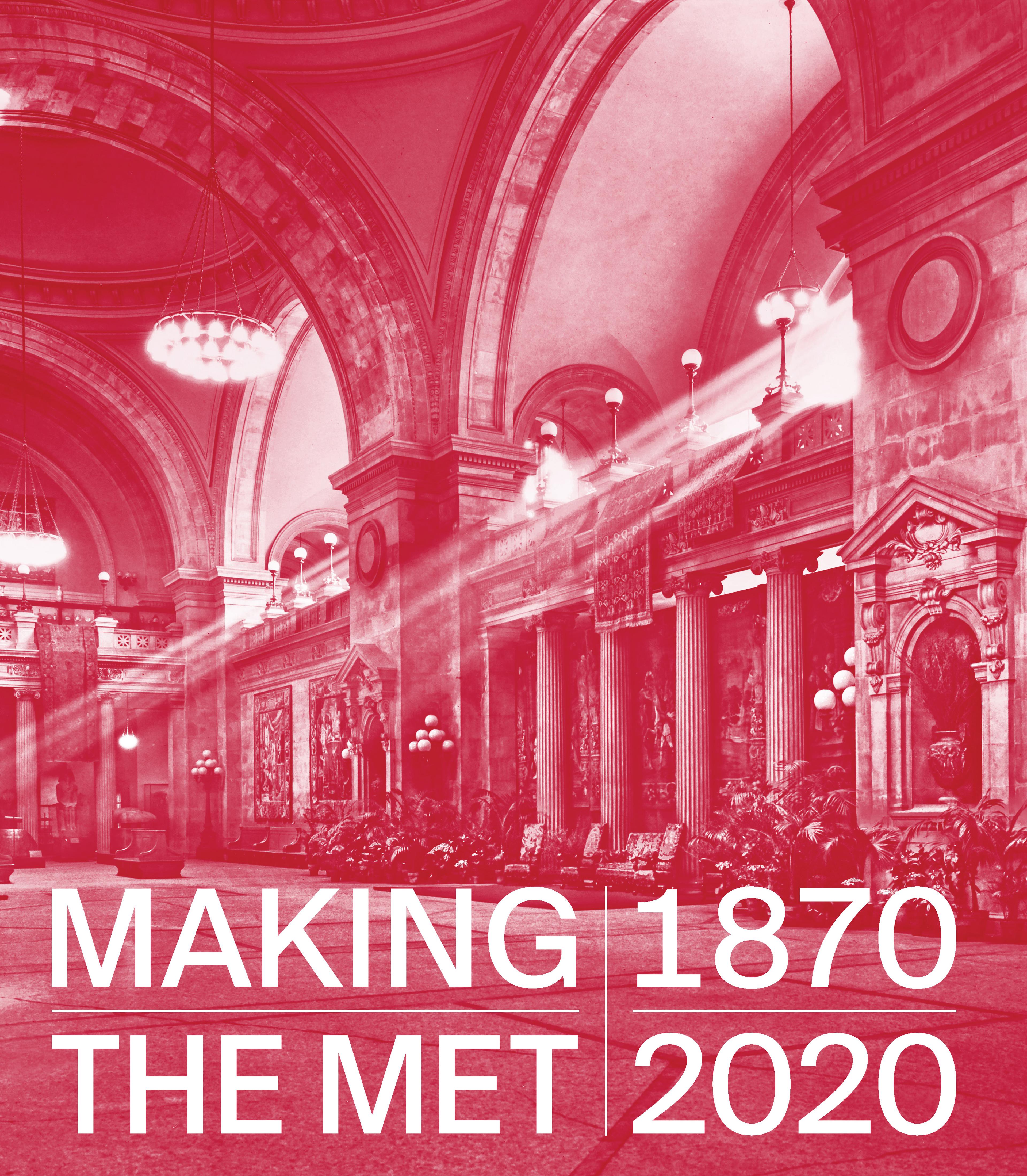English
Tunic with Confronting Catfish
The primary items of clothing for men in ancient Peru were tunics, with or without sleeves. They had a vertical slit opening at the top for the neck. Considerable effort and time were invested in making elaborate tunics since, in addition to being practical, among many groups they were statements of ethnic affiliation, social status, and religious beliefs. Peruvian tunics display a great deal of variety in weaving technique and patterning and a wide range of colors. This example, made in the slit-tapestry technique, with identical halves joined at the center and along the sides, is bold in color and very unusual in design. Its main pattern consists of two catfish with spotted zigzag bodies facing each other at the center line of the tunic. Their large heads have bicolored eyes, bared teeth, barbels, and fins. While the shape and weaving technique are Nasca characteristics, the rendering of the eyes in two halves is indicative of the Wari style. This suggests that the tunic was woven in the Nasca area at a time when this region was under the influence of the Wari state.
Artwork Details
- Title: Tunic with Confronting Catfish
- Date: 800–850 CE
- Geography: Peru
- Culture: Nasca-Wari
- Medium: Camelid hair, tapestry-weave
- Dimensions: H. 21 1/2 × W. 43 1/4 in. (54.6 × 109.9 cm)
- Classification: Textiles-Woven
- Credit Line: Gift of George D. Pratt, 1929
- Object Number: 29.146.23
- Curatorial Department: The Michael C. Rockefeller Wing
More Artwork
Research Resources
The Met provides unparalleled resources for research and welcomes an international community of students and scholars. The Met's Open Access API is where creators and researchers can connect to the The Met collection. Open Access data and public domain images are available for unrestricted commercial and noncommercial use without permission or fee.
To request images under copyright and other restrictions, please use this Image Request form.
Feedback
We continue to research and examine historical and cultural context for objects in The Met collection. If you have comments or questions about this object record, please complete and submit this form. The Museum looks forward to receiving your comments.
